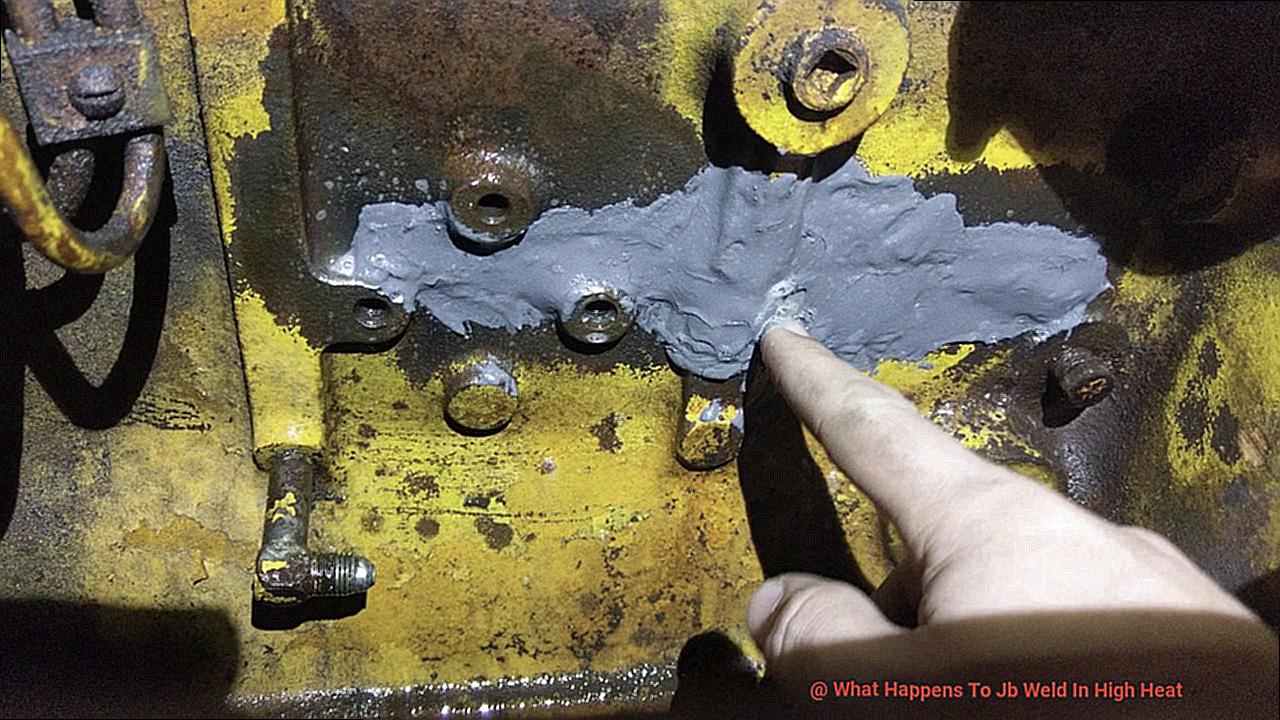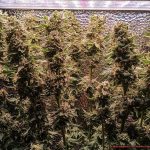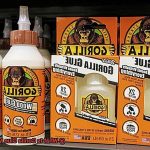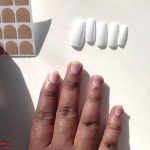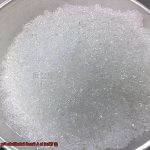When it comes to tackling tough jobs, JB Weld has become the holy grail for DIY enthusiasts and pros alike. This adhesive superhero is known for its Herculean strength, rock-solid durability, and uncanny ability to bond just about anything.
But what happens when JB Weld faces off against scorching temperatures? Will it hold its ground or melt like a popsicle on a summer day?
Join us as we dive into the fiery world of JB Weld and its battle with high heat. Get ready to explore the science behind this wonder glue, discover practical tips for using it under extreme conditions, and uncover the truth about its limits. So grab your oven mitts and buckle up – things are about to get hot.
What is JB Weld?
Contents
- 1 What is JB Weld?
- 2 Temperature Resistance of JB Weld
- 3 Factors Affecting Performance of JB Weld in High Heat
- 4 Different Types of Materials for Use with JB Weld
- 5 Stress on the Bond Created by JB Weld in High Heat Conditions
- 6 Duration of Exposure to High Temperatures and Its Effect on JB Weld
- 7 Specialized Formulations for Automotive Applications
- 8 Limitations of Using JB Weld in High Heat Conditions
- 9 Conclusion
When it comes to adhesive solutions, JB Weld stands out as a versatile and reliable epoxy compound. This two-part adhesive consists of a resin and a hardener, creating a bond so strong it can conquer any material or application. Whether you’re a DIY enthusiast or a seasoned professional, JB Weld is the glue that will bring your projects to life.
Versatility and Strength:
JB Weld’s exceptional strength lies in its remarkable ability to bond with a diverse range of materials. From metal and wood to plastic and ceramic, there’s no challenge this adhesive can’t tackle. Repairing household items? Fixing broken parts in your car? Constructing something from scratch? JB Weld has got you covered.
What sets JB Weld apart from other adhesives is its unique formulation. It boasts high-quality resins and fillers that deliver outstanding adhesion and structural integrity. Once cured, JB Weld creates an unbreakable bond that can withstand tremendous stress and pressure.
Wide Range of Applications:
The possibilities with JB Weld are endless. It’s not just for repairs; it’s a game-changer for construction projects, automotive work, plumbing fixes, and more. Cracked engine block? Broken pipes? Leaky faucet? JB Weld is the answer to all these problems and beyond. Every toolbox should have a tube or two of this versatile adhesive.
Resistance to Environmental Factors:
JB Weld doesn’t just offer superior bonding capabilities; it also provides resistance to various environmental factors. Water, chemicals, temperature fluctuations—JB Weld can handle them all with ease. Whether you’re working indoors or outdoors, this adhesive is built to withstand whatever nature throws at it.
Limitations in High Heat Conditions:
While JB Weld is renowned for its durability, it does have limitations when it comes to high heat conditions. Extreme temperatures can cause softening or even melting of the adhesive, compromising its performance. The specific temperature threshold varies depending on the formulation and materials being bonded.
To ensure success in high-temperature environments, it’s crucial to follow the manufacturer’s guidelines and recommendations. In some instances, alternative products specifically designed for high-temperature applications may be more suitable.
Temperature Resistance of JB Weld
When it comes to tackling repairs or projects, finding an adhesive that can withstand the heat is crucial. That’s where JB Weld comes in. Known for its strong bond and versatility, JB Weld is a go-to epoxy adhesive for various applications. In this article, we will delve into the temperature resistance of JB Weld, how it can vary depending on formulation and application, and provide some tips for optimal performance.
The Science Behind JB Weld’s Temperature Resistance:
JB Weld’s ability to withstand high temperatures lies in its chemical composition and curing process. Comprised of two parts – a resin and a hardener – JB Weld requires thorough mixing before application. Once mixed, the epoxy begins to cure and harden, forming a durable bond.
Curing Process:
During the curing process, a chemical reaction occurs, creating cross-links between the molecules of the epoxy. These cross-links give JB Weld its strength and stability. As the epoxy cures, it becomes increasingly resistant to heat and other external factors.
Temperature Limitations:
Fully cured JB Weld can handle continuous temperatures of up to 550°F (287°C). This impressive temperature resistance makes it suitable for use in demanding environments such as engines, exhaust systems, and industrial machinery.
Formulation and Application Variations:
It’s important to note that the temperature resistance of JB Weld can vary depending on the specific formulation and application. Some JB Weld products may have higher temperature resistance than others. Therefore, it is essential to check the product specifications or consult with the manufacturer for precise temperature limits before use.
Considerations for High-Temperature Applications:
While JB Weld can withstand high temperatures, prolonged exposure to extreme heat can cause degradation or loss of strength over time. To ensure optimal performance in high-temperature applications:
- Choose the Right Product: For applications requiring even higher temperature resistance than what JB Weld offers, specialized epoxy adhesives designed for extreme heat are available. These products are formulated to handle temperatures exceeding 550°F (287°C) without compromising strength or stability.
- Surface Preparation: Proper surface preparation is crucial for a strong bond. Before applying JB Weld, ensure that the surfaces to be bonded are clean, dry, and free from contaminants. This will help maximize the adhesive’s effectiveness and temperature resistance.
- Application Techniques: Apply JB Weld evenly and follow the manufacturer’s instructions regarding curing time and temperature. Proper application techniques will ensure a strong bond and enhance the adhesive’s ability to withstand high temperatures.
Factors Affecting Performance of JB Weld in High Heat
When it comes to high heat applications, JB Weld is often the adhesive of choice. This powerful epoxy adhesive is trusted by DIY enthusiasts and professionals alike for its exceptional performance. However, there are several factors that can affect JB Weld’s performance in high heat, and it’s important to understand them before embarking on your project.
First and foremost, the temperature at which JB Weld is exposed plays a crucial role. Like any adhesive, JB Weld has its limits when it comes to heat resistance. Exposing it to temperatures above 500°F (260°C) can cause the adhesive to degrade and lose its bonding strength. So, if you’re working on a project that involves extreme temperatures, it’s essential to choose an adhesive that can withstand those conditions.
The duration of exposure is another factor to consider. While JB Weld can handle short-term exposure to high temperatures, prolonged exposure can lead to breakdown and loss of effectiveness. If your application requires continuous exposure to high heat, you may need to explore alternative options or take additional measures to protect the bond.
Proper surface preparation is key to ensuring optimal performance in high heat. Cleaning and roughening the surfaces that will be bonded is essential for achieving strong adhesion and resistance to heat. Skipping this step can result in weaker bonds and decreased resistance to high temperatures.
The type of materials being bonded also impacts JB Weld’s performance in high heat. Different materials have varying coefficients of thermal expansion, meaning they expand and contract differently when exposed to temperature changes. If the materials being bonded have significantly different coefficients of thermal expansion, it can put stress on the bond line under high heat, potentially leading to bond failure.
Additionally, chemical exposure is a consideration. Some chemicals or solvents may react with the epoxy resin in JB Weld, causing it to degrade or lose its bonding strength in high temperatures. If your application involves chemical exposure, make sure to select an appropriate adhesive or take necessary precautions.
Fortunately, JB Weld offers specialized formulations designed specifically for high-temperature applications. These formulations are engineered to withstand extreme heat without compromising bonding strength. So, if you know you’ll be working in demanding high-temperature conditions, it’s worth choosing a formulation that is tailored to meet those requirements.
Different Types of Materials for Use with JB Weld
If you’re wondering which materials are suitable for bonding with JB Weld in high temperatures, you’ve come to the right place. In this post, we’ll discuss the different types of materials that can be used with JB Weld, their properties, advantages, and disadvantages when exposed to high heat.
Metals – Sturdy and Super Heat Resistant:
When it comes to high heat applications with JB Weld, metals like steel, aluminum, brass, copper, and iron are the go-to choices. These materials have impressive melting points and can withstand extreme temperatures without losing their strength. They are commonly used in automotive and industrial settings where durability and heat resistance are crucial. However, it’s important to note that extended exposure to extreme heat can weaken the bond over time.
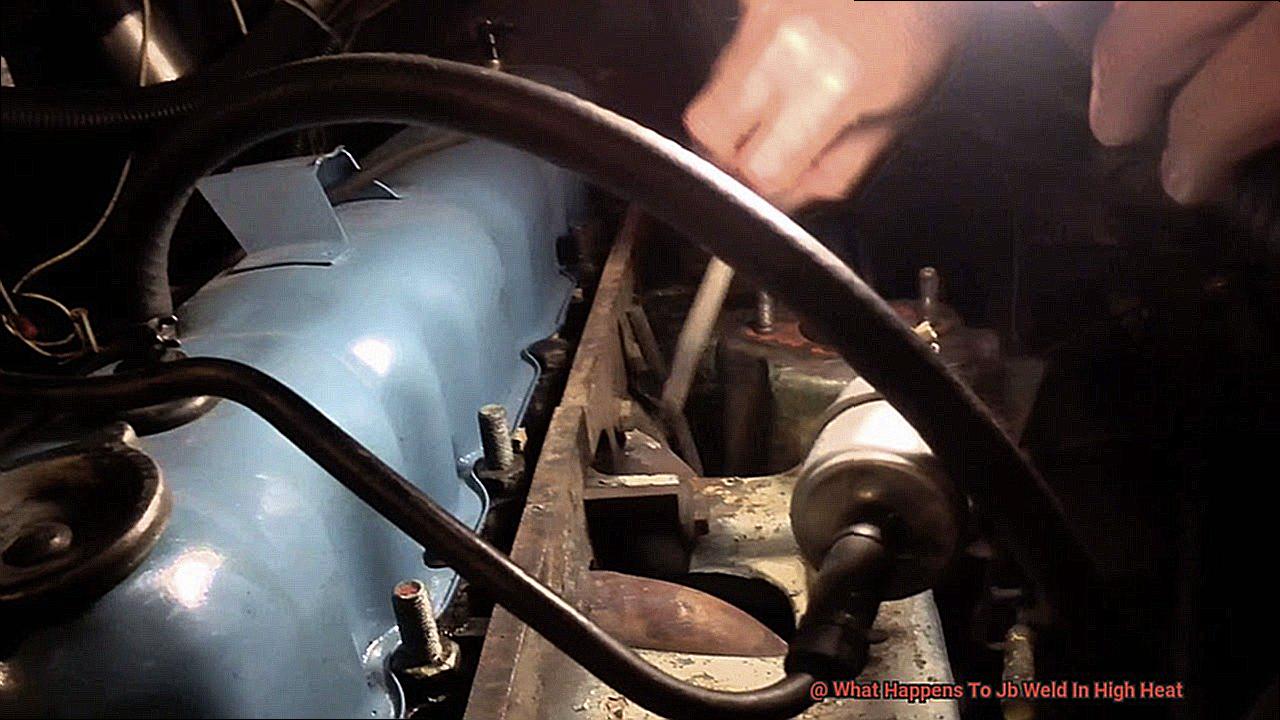
Ceramic – Heatproof Heroes:
Ceramic materials are the unsung heroes of high heat applications with JB Weld due to their exceptional thermal resistance. Ceramics can endure high temperatures without melting or deforming, making them perfect for aerospace, electronics, and manufacturing industries where heat resistance is a must. However, it’s crucial to handle ceramics with care as they may be more fragile and prone to cracking under rapid temperature fluctuations or prolonged exposure.
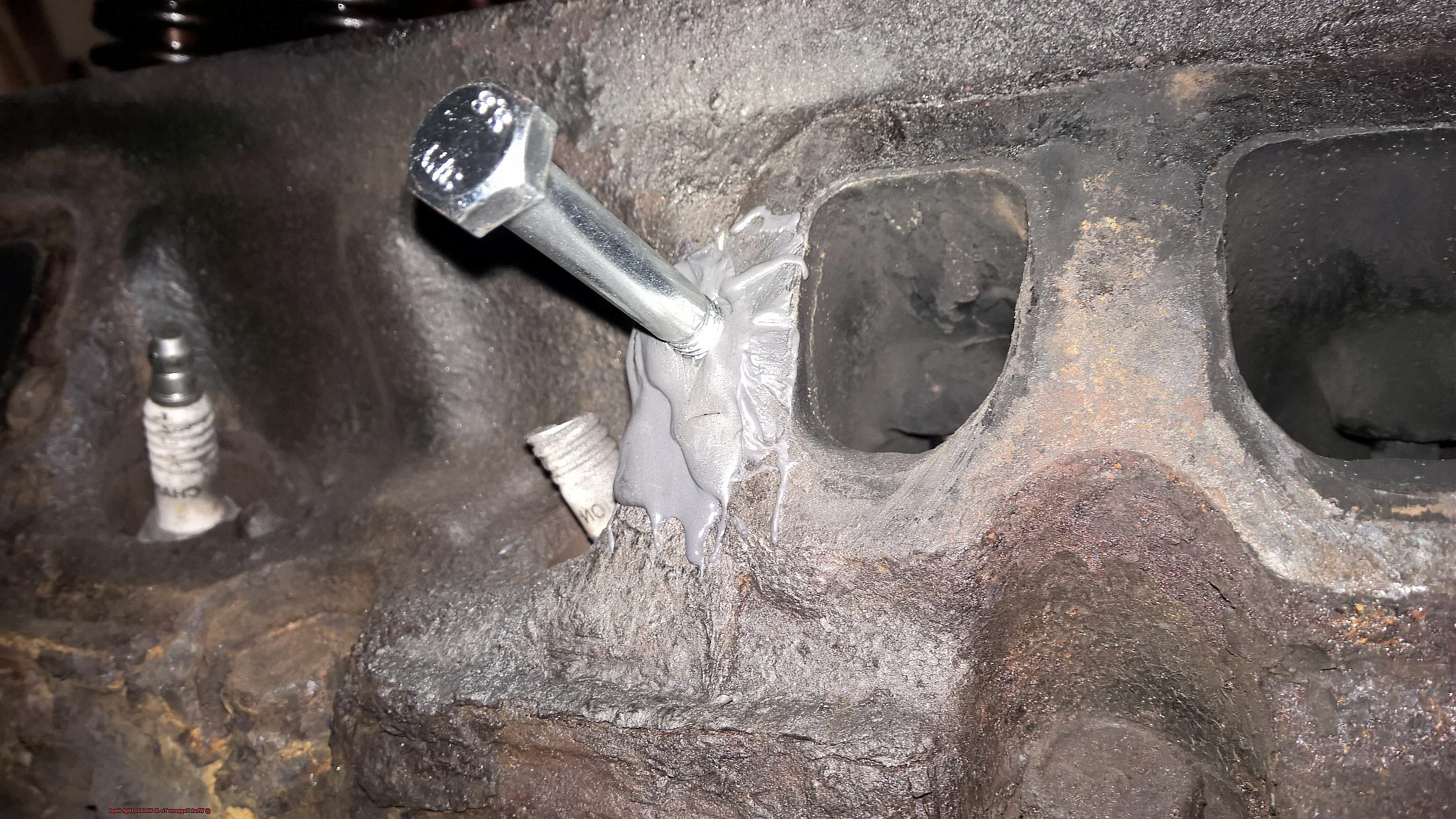
Certain Types of Plastics – The Heat-Tolerant Few:
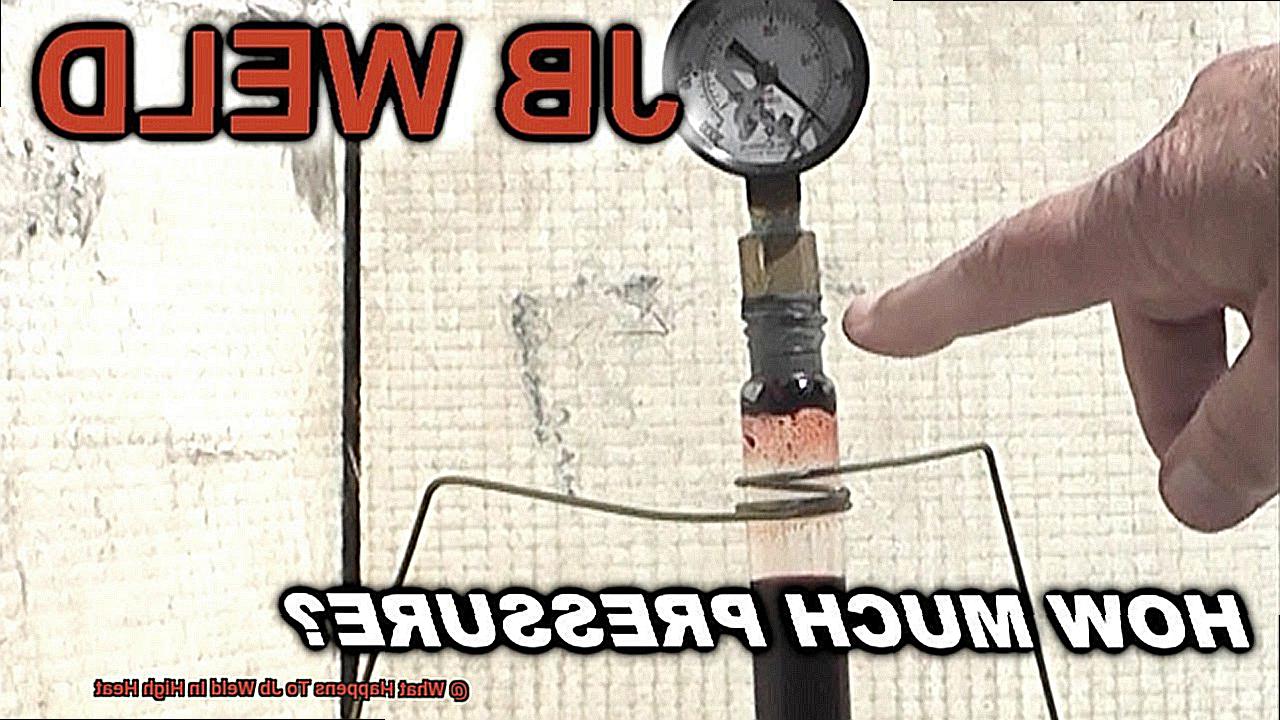
While not all plastics are suitable for high heat applications with JB Weld, some types like phenolic resin, polyimide, and certain fiberglass-reinforced plastics (FRP) can handle extreme temperatures without losing their structure. Before using JB Weld on plastic surfaces, it’s important to check the specific type of plastic and its heat resistance to ensure compatibility.
Wood – Be Cautious with Heat:
Wood can be bonded with JB Weld but has a lower tolerance for high heat compared to metals. To prevent any potential damage or weakening of the bond, it is recommended to avoid subjecting JB Weld bonded wood surfaces to temperatures exceeding 200°F (93°C) for extended periods.
Other Materials – The Versatile Options:
JB Weld can also be used on materials like glass, fiberglass, and concrete. However, it’s crucial to consider the specific properties and limitations of these materials in relation to high heat before applying JB Weld.
Stress on the Bond Created by JB Weld in High Heat Conditions
JB Weld is renowned for its strength and versatility in bonding materials. However, when subjected to high heat, the bond created by JB Weld can face stress and potential failure. In this article, we will delve into the factors that affect the strength of a JB Weld bond in high heat conditions, providing insights into its performance and stress resistance.
Formulation and Heat Resistance:
The specific formulation of JB Weld plays a crucial role in determining its heat resistance capabilities. Generally, JB Weld can withstand temperatures of up to 500 degrees Fahrenheit (260 degrees Celsius). Nevertheless, it’s important to note that this temperature range may vary depending on the particular product variant.
Bond Thickness and Duration of Heat Exposure:
The thickness of the bond and the duration and intensity of the heat exposure significantly impact the strength of the JB Weld bond. Thicker bonds are more prone to stress caused by thermal expansion and contraction, potentially compromising the adhesive’s integrity.
Thermal Expansion and Contraction:
Different materials expand and contract at disparate rates when exposed to heat. This variance in expansion and contraction exerts stress on the bond created by JB Weld. Therefore, it is crucial to consider the coefficients of thermal expansion of the materials being bonded in high heat conditions.
Surface Preparation:
Achieving a strong bond with JB Weld necessitates proper surface preparation. The surfaces to be bonded should be clean, dry, and free from any contaminants such as oil or grease. Enhancing adhesion can be achieved by roughening the surfaces with sandpaper or a wire brush.
Application Technique:
Adhering to the recommended application technique for JB Weld is pivotal for optimal results. Applying an even layer of adhesive and ensuring proper contact between surfaces will help create a stronger bond capable of withstanding high heat conditions.
Curing Time:
Allowing sufficient curing time is vital for JB Weld to reach its maximum strength. The curing time varies depending on the specific product, and it is imperative to follow the manufacturer’s instructions for the best bonding results.
Duration of Exposure to High Temperatures and Its Effect on JB Weld
In this blog post, we will dive into the fiery world of high heat and discover the effects of prolonged exposure on JB Weld. Whether you’re a DIY enthusiast or an industry professional, understanding how temperature impacts this popular adhesive is crucial for achieving reliable and long-lasting bonds. So, let’s suit up and explore the burning truth about JB Weld’s endurance in the face of extreme heat.
The Heat is On: Effects of Temperature on JB Weld:
JB Weld is no ordinary adhesive when it comes to high temperatures. However, even this mighty epoxy has its limitations. Prolonged exposure to high temperatures can cause changes in its chemical composition, affecting its strength and reliability. As the temperature rises, the epoxy resin within JB Weld can soften, leading to weakened bonds and potential failures.
Beyond Bond Strength: Degradation and Disintegration:
The consequences of exposing JB Weld to high temperatures go beyond weakened bonds. The epoxy resin itself can degrade under extreme heat, compromising its structural integrity. This can result in cracks or even complete disintegration of the adhesive. Thus, understanding the maximum temperature limits for JB Weld is vital to avoid catastrophic failures in critical applications.
Duration Matters: Short-Term vs. Long-Term Exposure:
The duration of exposure plays a crucial role in how JB Weld responds to high temperatures. Short-term exposure may cause temporary weakening, but the adhesive could regain some strength upon cooling down. However, prolonged exposure can have severe and long-lasting effects. Therefore, it is essential to consider both the temperature and duration when assessing the performance of JB Weld in high-temperature environments.
Strategies for Conquering High Heat Challenges:
To ensure optimal performance in high-temperature applications, there are strategies you can employ. Using heat-resistant formulations of JB Weld specifically designed for extreme conditions can provide better performance. Additionally, proper surface preparation, including cleaning and roughening the bonding surfaces, can enhance bond strength and durability.
Conclusion:
JB Weld may be a formidable adhesive, but prolonged exposure to high temperatures can put its strength and reliability to the test. By understanding the effects of temperature on this powerful epoxy, you can make informed decisions when choosing JB Weld for your projects. Remember to consult manufacturer guidelines, consider duration of exposure, and employ appropriate formulations and surface preparation techniques to conquer the heat with JB Weld. So, go forth and tackle those scorching applications with confidence.
Specialized Formulations for Automotive Applications
When it comes to automotive repairs, durability and reliability are paramount. However, when high temperatures are thrown into the mix, finding an adhesive that can withstand the heat becomes crucial. That’s where specialized formulations of JB Weld come to the rescue. In this blog post, we’ll explore the world of high-temperature automotive applications and how JB Weld’s heat-resistant formulations can save the day.
The Heat is On: Understanding the Need for Specialized Formulations
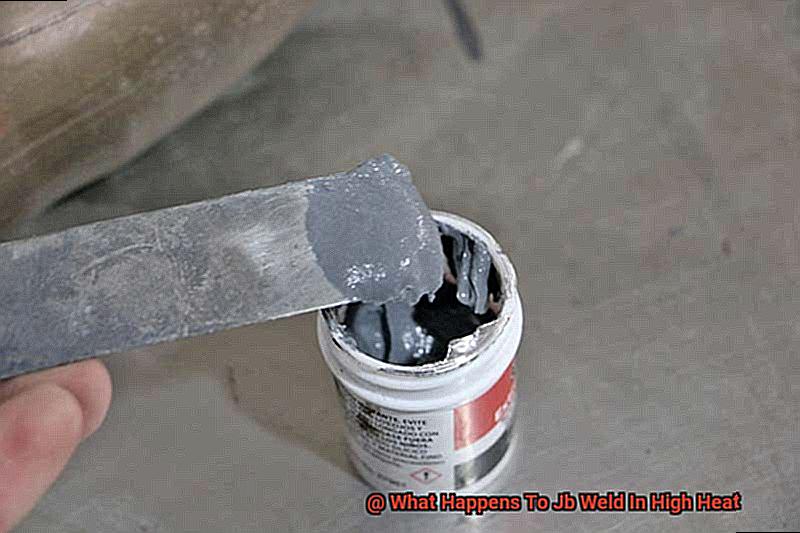
In automotive applications, high temperatures present unique challenges. Regular JB Weld epoxy has limitations in extreme heat scenarios. Therefore, specialized formulations are necessary to withstand these conditions.
HighHeat Epoxy Putty: Tackling Temperatures up to 550°F (288°C)
Introducing HighHeat Epoxy Putty, an adhesive specifically designed for high temperatures. It exhibits enhanced temperature resistance and is ideal for repairing exhaust manifolds, mufflers, and other components exposed to extreme heat.
ExtremeHeat Metallic Paste: Defying the Hottest Conditions up to 2,000°F (1,093°C)
Introducing ExtremeHeat Metallic Paste, a formulation that defies the hottest conditions. With its impressive temperature tolerance, it is perfect for areas like headers, engine blocks, and firewalls where extreme heat is a constant challenge.
The Science Behind Success: Advanced Technology and Materials
Specialized JB Weld formulations incorporate innovative technology and materials. These formulations resist cracking, peeling, or degrading under extreme heat conditions. Following proper curing time and application techniques is crucial for optimal results.
Limitations of Using JB Weld in High Heat Conditions
JB Weld is often hailed as a superhero adhesive, capable of bonding and repairing a wide range of materials. However, even the mightiest heroes have their limitations. In the scorching world of high heat conditions, JB Weld may not always be up to the task. Let’s explore the limitations of using JB Weld in these extreme environments.
Temperature Resistance:
JB Weld has a temperature limit that users must be aware of. When exposed to temperatures exceeding 500°F (260°C), JB Weld can weaken, soften, or even melt. This compromise in strength can lead to bond failure, rendering repairs ineffective under intense heat.
Toxic Fumes:
Another concern when using JB Weld in high heat conditions is the release of toxic fumes. Intense heat can cause certain components of the adhesive to vaporize, releasing harmful gases into the air. Working in a well-ventilated area and avoiding inhalation of any fumes produced during curing or exposure to high temperatures is crucial.
Thermal Expansion:
Materials expand and contract due to temperature fluctuations, which can affect JB Weld’s performance. Different materials have varying coefficients of thermal expansion, causing them to expand and contract at different rates. If the bonded materials have significantly different coefficients, stress can build up on the adhesive joint, leading to cracking or delamination.
Alternatives:
If high heat resistance is critical for your application, specialized high-temperature epoxy adhesives are available as alternatives to JB Weld. These adhesives are specifically formulated to withstand extreme heat conditions and maintain their integrity even at temperatures exceeding 500°F (260°C). Exploring these alternatives can provide a reliable solution for applications where high heat resistance is a priority.
kDT02YamWdE” >
Also Read: Can You Put JB Weld Over JB Weld? – The Welding Guru
Conclusion
When it comes to high heat, JB Weld is no ordinary adhesive. Its exceptional heat resistance allows it to withstand extreme temperatures without losing its strength or integrity. Whether you’re working on automotive repairs, plumbing projects, or even industrial applications, JB Weld can handle the heat.
In the scorching flames of a blazing fire or the blistering hot environment of an engine compartment, JB Weld remains steadfast. It doesn’t crumble under pressure or weaken when exposed to high temperatures. Instead, it stands tall and holds everything together with unwavering resolve.
While other adhesives may melt or break down in the face of intense heat, JB Weld thrives. Its unique formulation combines epoxy resin and hardeners that create a bond so strong, it can endure temperatures up to 550 degrees Fahrenheit (287 degrees Celsius). This means you can trust JB Weld to stay solid even in the most challenging conditions.
Imagine welding metal parts together at high temperatures – a task that requires an adhesive capable of withstanding extreme heat. JB Weld rises to the occasion, providing a reliable solution for those demanding situations where other adhesives simply cannot compete.
So whether you’re repairing a cracked exhaust manifold, fixing a leaky radiator, or securing components in your grill or smoker, JB Weld has got you covered. It’s like having a superhero by your side – impervious to the destructive forces of heat.
In conclusion, when faced with high heat, JB Weld doesn’t back down. It remains strong and resilient, defying the odds and proving its worth time and time again.

